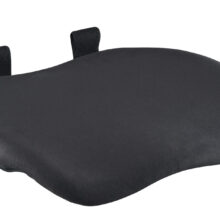Best Cradle
Login For Dealer Pricing
The It’s You Babe Best Cradle maternity support is ideal for the mom having twins, triplets or quads and for the mom needing support early in pregnancy. Also an effective support for non-pregnant patients who have a pendulous abdomen. Open abdominal design is cool and comfortable.





